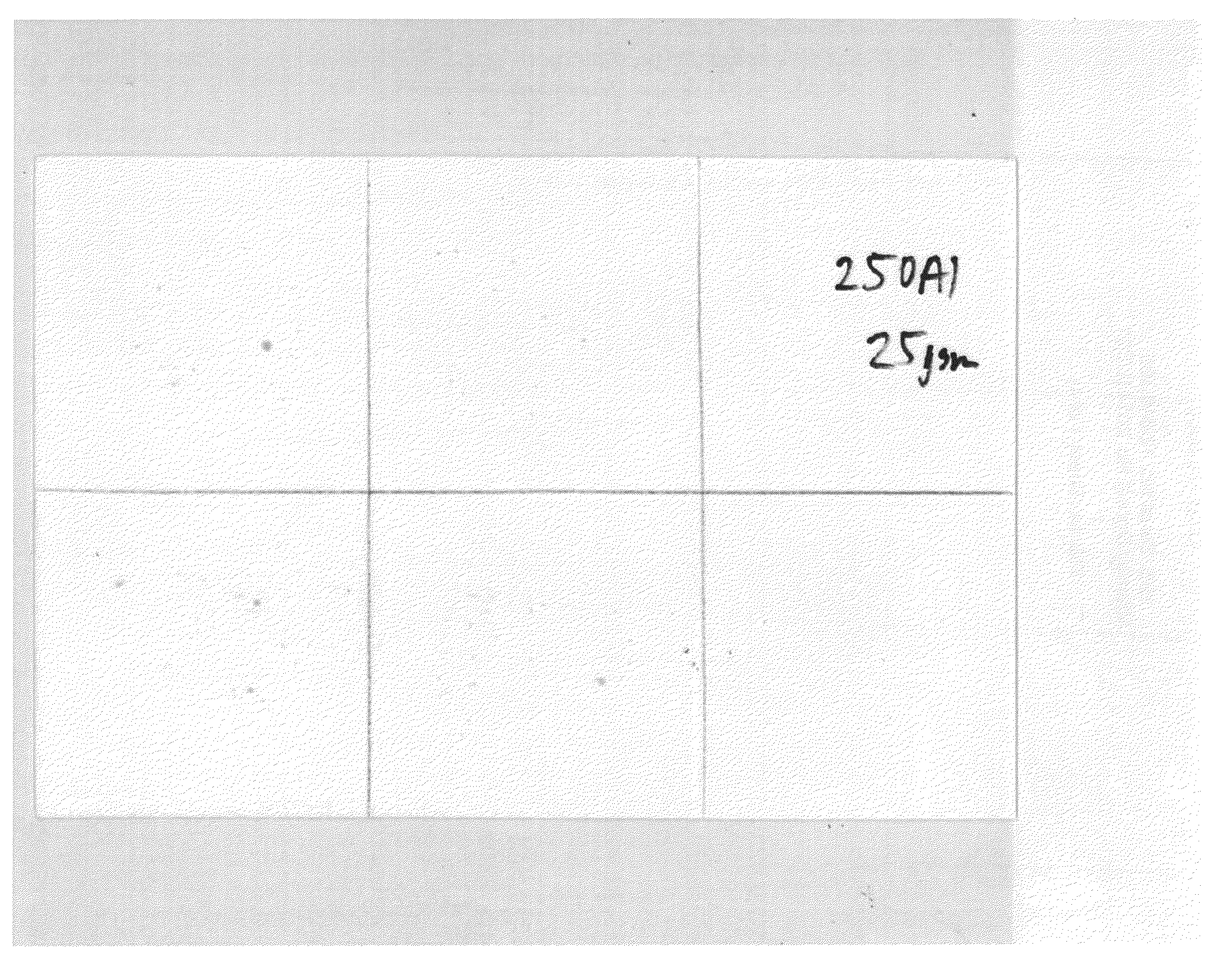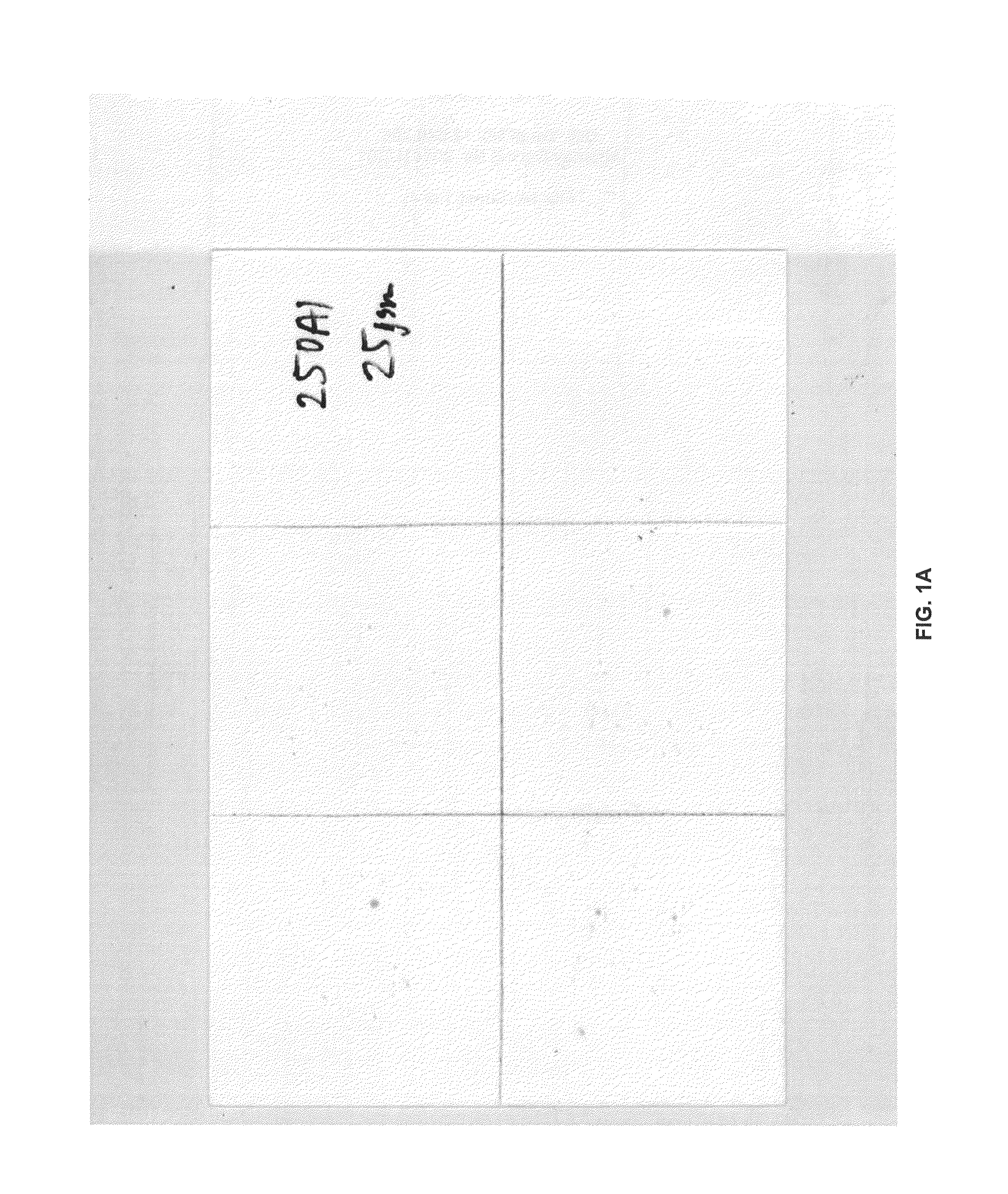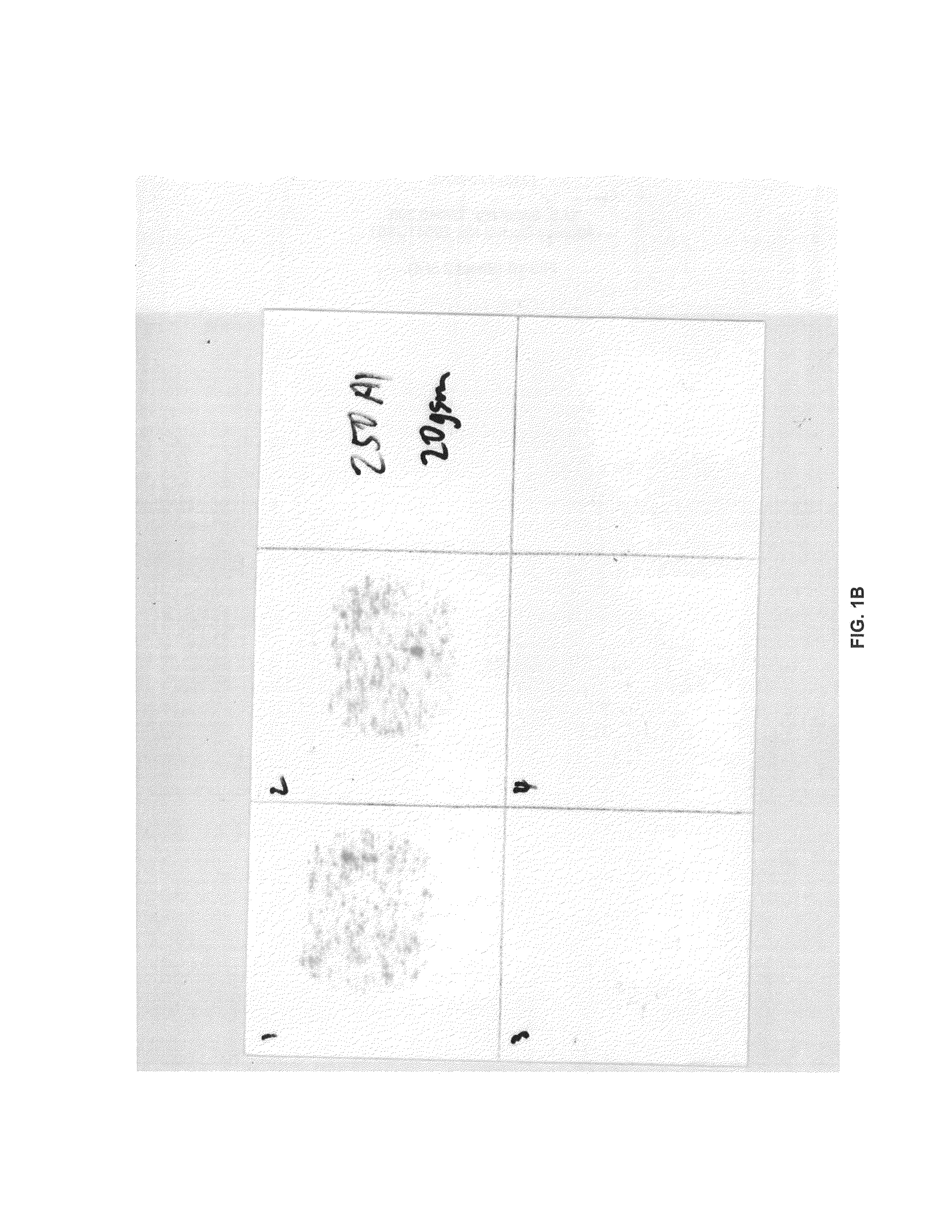Breathable film with internal viral and alcohol barrier layer
a technology of internal viral and alcohol barrier layer, applied in the field of multi-layer breathable viral barrier film, can solve the problems of increased production cost, unsuitability of monolithic hygroscopic film for lamination to fabric, high production cost, etc., and achieves acceptable level of breathability, reduce the thickness of the barrier layer, and reduce production cost
- Summary
- Abstract
- Description
- Claims
- Application Information
AI Technical Summary
Benefits of technology
Problems solved by technology
Method used
Image
Examples
##ventive examples 3 to 7
Inventive Examples 3 to 7
[0082]Example 3 (XP9538S-250) was a multilayer film having an A-C-B-C-A structure, prepared by extruding resin blends for layers A, C and B described in Table 3. Example 3 (XP9538S-250) was a multilayer film having an internal alcohol and viral barrier layer B prepared from a blend comprising a hygroscopic elastomer (DuPont Hytrel PET) and an adhesive (DuPont 1224AC EMA). A microporous layer C is adhered to and disposed on either side of internal layer B. Layer C also comprises an adhesive, in that it was prepared from a blend comprising linear low density polyethylene (Dow 5230G), a resin containing calcium carbonate as filler (Standridge SCC-13922), and an adhesive (DuPont 1224AC EMA). The multilayer film was stretched after extrusion so that micropores were formed in outer layers A and C. In the preparation of Example 3, the film has a basis weight of 25 grams / sq. meter. This multilayer film was essentially impervious to isopropyl alcohol, did not delamin...
example 8
[0087]FIGS. 1A through 1D show photographs of blotter papers from multilayer films subjected to isopropyl alcohol disinfectant penetration testing. More particularly, FIG. 1A shows the blotter paper from the PPT test described above, performed on a sample of multilayer film XP9538S-250 A1 (having the layers described in Table 3), manufactured at a basis weight of about 25 grams per square meter. The film performed well in the PPT test, having red dots in less than 5% of the surface area. FIG. 1B shows the blotter paper from the PPT test, performed on a sample of multilayer film XP9538S-250 A1 (having the layers described in Table 3), manufactured at a basis weight of about 20 grams per square meter. The film did not perform as well in the PPT test, having red dots in greater than 5% of the surface area. FIG. 1C shows the blotter paper from the PPT test described above, performed on a sample of multilayer film XP9538S-250 S1 (having the layers described in Table 3), manufactured at a...
example 9
[0088]Table 8 provides running conditions for preparing multilayer films on Pliant Corporation's extrusion equipment. The first two columns reflect different runs of XP9538S-250 with slight differences in stretch and speed at Draw Rolls #3 and #4. The differing running parameters yielded films having different WVTRs, suggesting that a higher stretch and speed at some draw rolls may yield a film having a higher WVTR. The third column shows running conditions for XP95385-252, a different embodiment of the present multilayer films. (See Example 6 and Table 6.)
PUM
| Property | Measurement | Unit |
|---|---|---|
| mean particle size | aaaaa | aaaaa |
| thickness | aaaaa | aaaaa |
| thickness | aaaaa | aaaaa |
Abstract
Description
Claims
Application Information
 Login to View More
Login to View More - R&D
- Intellectual Property
- Life Sciences
- Materials
- Tech Scout
- Unparalleled Data Quality
- Higher Quality Content
- 60% Fewer Hallucinations
Browse by: Latest US Patents, China's latest patents, Technical Efficacy Thesaurus, Application Domain, Technology Topic, Popular Technical Reports.
© 2025 PatSnap. All rights reserved.Legal|Privacy policy|Modern Slavery Act Transparency Statement|Sitemap|About US| Contact US: help@patsnap.com



